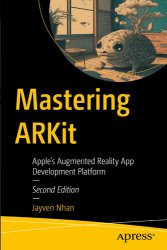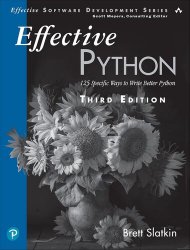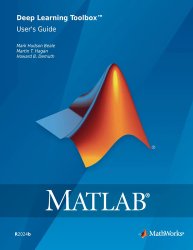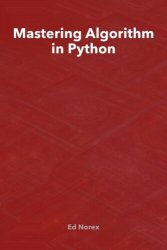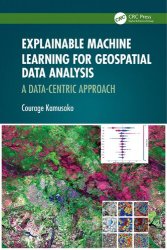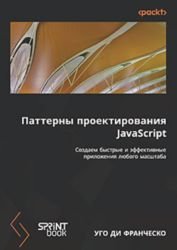- Добавил: ekvator
- Дата: 16-11-2024, 18:09
- Комментариев: 0

Название: Тестирование программного обеспечения: контекстно ориентированный подход
Автор: Кейнер Кем, Бах Джеймс, Петтикорд Брет
Издательство: Питер
Год: 2025
Формат: pdf
Страниц: 352
Размер: 27,3 Мб
Язык: русский
Хорошими тестировщиками не рождаются — ими становятся благодаря упорному труду и постоянному общению. На этом пути таится множество ловушек, способных сорвать самые смелые планы и привести к отставанию проектов от графика. Кем Кейнер, Джеймс Бах и Брет Петтикорд очень хорошо об этом знают. За их плечами более 50 лет опыта, и они понимают, что необходимо для достижения успеха в тестировании. Они собрали 293 проверенных совета, которые вы можете использовать в своих проектах. Каждый урок начинается с утверждения, относящегося к тестированию программного обеспечения, за которым следует объяснение или пример, показывающий, как, когда и почему применяется этот урок.



